Grocery delivery service isn’t a modern concept, what was usually a luxury enjoyed by a privileged few is now available to anyone who owns a smartphone. Technology makes it possible to order fresh groceries with doorstep delivery in a matter of minutes with just a few taps, offering convenience and easy access to shop for products from anywhere. The on-demand grocery delivery app development offers small and big grocery business owners better client retention rates, expanded market reach, and lucrative business potential for increasing sales and user base. According to reports, the global online grocery market size is expected to reach $ 2,158.53 billion by 2030[1].
If you would like to enter this rapidly growing market, this is the perfect time to grow your grocery business and offer more convenience to users. Are you looking to create a custom app or grow your existing grocery business operations? Understanding how to develop a grocery delivery app focused on user convenience is key. Here, we have covered key aspects, including benefits, features to consider, step-by-step process, and more.
What is a Grocery Delivery App and How Does It Work?
The grocery delivery app allows you to order grocery online in shorter delivery times. The convenience and cost-savings that on-demand grocery delivery apps offer allow users to eliminate the hassle of navigating crowded aisles of markets or long queues of checkouts.
There are usually two apps for online grocery delivery services — one for end customers and another for local delivery partners. Customers can browse through the virtual catalog, searching for items by category or brand. They add items to the virtual shopping cart, place their orders, and pay directly through the app.
While on the other end, the “delivery agent” who’s in the vicinity receives a notification and can accept the order. Once accepted, the app guides the agent to the store for pickup and later to the customer’s address for delivery.
Throughout this entire process, the app offers real-time tracking for transparent coordination between customers, stores, and delivery agents.
Benefits of Grocery Delivery App Development
These apps offer numerous benefits beyond just convenience. You can build to ensure high customer retention, meet the evolving shopping needs of your customers, or even expand your business. Let’s understand the key advantages of grocery delivery mobile app development:
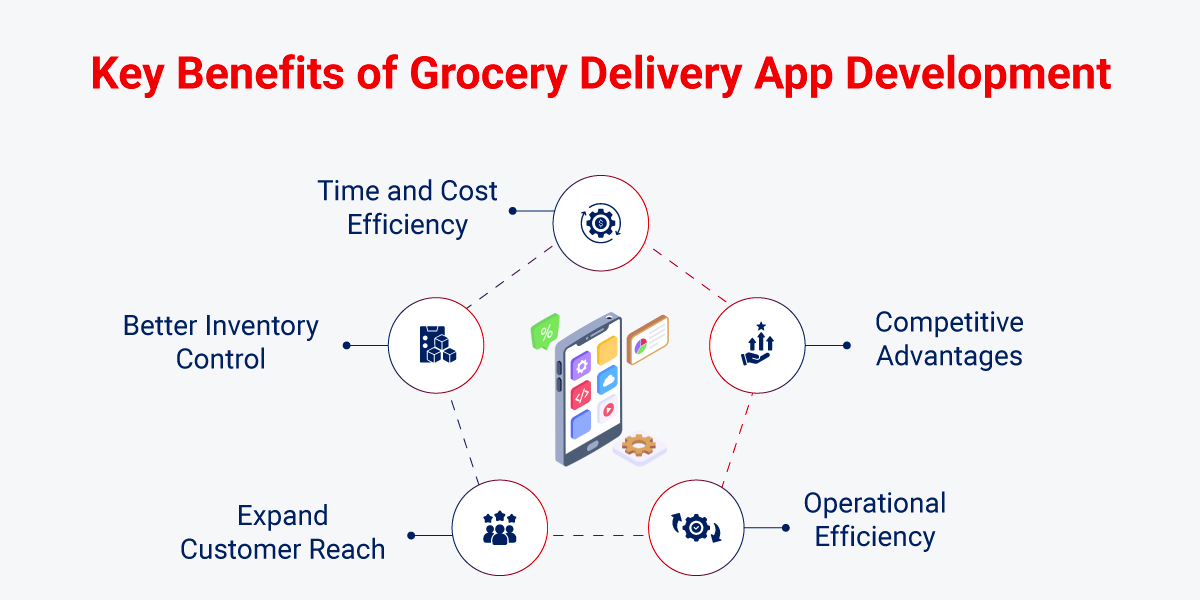
Time and Cost Efficiency
You can significantly reduce operational costs associated with in-store customer service and checkout processes. Grocery delivery apps allow you to serve more customers without the need for additional physical space or staff. By enabling customers to shop at their convenience, you can spread demand throughout the day, leading to more efficient inventory management and reduced peak-hour pressures. The app’s features, such as easy product comparison and flexible delivery scheduling, can increase average order values and encourage repeat purchases, ultimately driving revenue growth and improving your bottom line.
Better Inventory Control
Grocery delivery applications offer businesses the ability to track stock levels in real-time, accurately collect inventory data for automated reordering processes, and enable expiry date management to minimize wastage. Features such as a barcode scanner, multi-store management, and inventory reporting enable precise inventory control. This efficiency can significantly boost your profitability.
Expand Customer Reach
Grocery delivery app development offers the potential to attract more customers by offering an extended level of convenience, personalization, and accessibility. The feature-rich grocery delivery mobile application provides multiple touchpoints for customers, such as emails, in-app notifications, SMS, and many others. Providing comfort and seamless transactions enables stakeholders to gain customer loyalty, long-term relationships, wider geographic reach, and many other benefits.
Operational Efficiency
A well-designed grocery delivery app using various technologies helps optimize your grocery business operations. Integration with an inventory management system allows for real-time stock information. Further, self-service options reduce the workload on your staff and optimize workforce management, while improved supply chain management through accurate data monitoring can lead to cost savings.
Competitive Advantages
A grocery delivery app allows you to offer personalized shopping experiences, quickly adapt to market fluctuations, and ensure efficient inventory management. Additionally, the data gathered from the app helps you understand customer preferences and shopping patterns.
Prominent Business Models of Grocery Mobile Apps
Inventory Model
Description: Under this model, inventory is purchased and stored directly by the grocery delivery app company from various suppliers. The owner of the grocery delivery app maintains their own stock of groceries and other products in several warehouses or fulfillment centers and ships orders from this inventory.
How It Works: Customers browse the items offered in the application and place orders. The grocery delivery app owner controls the entire process, including managing inventory, picking, packing, and ensuring timely delivery of the ordered items.
Revenue Sources: Product sales, delivery services, and product subscription.
Examples: BigBasket, Amazon Fresh.
Multi-Vendor Marketplace Model
Description: Also referred to as the zero Inventory model, it focuses on partnerships with multiple local buyers and sellers who transact through a website on a common e-commerce platform. It serves as a bridge between the customers and several local stores or supermarkets within the reach of the application.
How It Works: Customers can search for products as well as place orders from various stores available on the app. Orders are usually sourced from partner stores, and delivery can be done either by the stores or the application’s network.
Revenue Sources: Commissions from partner stores, delivery fees, advertisements, and fees for featured listings.
Examples: Instacart, Grofers (Blinkit).
Hyperlocal Model
Description: Primarily concerned with changing the way people get their groceries by employing local grocery store retailers through a local delivery service in the shortest delivery times.
How It Works: This app helps customers find nearby stores and delivers products by means of a number of delivery agents with delivery within 1-2 hours.
Revenue Sources: Partner stores commissions, delivery charges, extra charges for peak hours and delivery, and subscription services, among others.
Examples: Dunzo, Swiggy Instamart.
Subscription-Based Model
Description: Users make regular recurring payments (daily/weekly/ monthly) for premium services. These include free or discounted deliveries as well as priority access to product discounts and exclusive offers.
How It Works: Users get exclusive privileges such as free deliveries and unlimited deliveries within a specified period or at a particular fee for a specified period, either monthly or annually.
Revenue Sources: These include subscription fees, delivery costs of non-subscribers, and affiliations with brands for special offers.
Examples: Amazon Prime (Amazon Fresh) and Walmart+.
Key Features of Grocery Delivery App Development
There are certain essential functionalities that must be included in grocery delivery mobile app development.
Customer Features
- Search and Filter Option: Allows customers to locate products and apply filters based on category, brand, price range, and others, which helps enhance the shopping experience.
- Real-Time Order Tracking: Provides updates on status, including confirmation, dispatch, and estimated delivery times.
- Flexible Payment Options: Offering a variety of methods, including:
- Credit/debit cards
- Mobile wallets
- Net banking
- Cash on delivery
This gives customers convenience and flexibility and improves the overall checkout process.
- Scheduled Deliveries: It helps select preferred delivery time slots as per the user’s convenience.
- Support: Enables access to customer service via live chat or chatbot.
- Loyalty Program: This feature includes users who can earn points in each purchase/buying online and can redeemed for discount or leveraging offerings.
- Social commerce integration: It gives users the facility to order groceries directly from their highly utilized social media platforms in quick clicks.
- Feedback and reviews: Enables customers to provide feedback, rate products, and share experiences, which helps other users make informed decisions.
- Contactless Delivery: Enhances safety and convenience during drop-offs, addressing health concerns and accommodating customers unable to receive deliveries in person.
Admin Features
- Inventory Management: It enables real-time tracking of stock levels for informed purchase decisions.
- GPS Tracking: This enables the delivery staff to locate routes and even users to track their order proceedings and delivery in real time.
- Payment Management: It integrates multiple payment methods and allows for detailed transaction history for auditing and financial tracking.
- Dashboard and Analytics: Provides an overview of key metrics and app performance, including user engagement.
- Delivery Management: Track delivery personnel, optimize delivery routes and assign orders.
- Order Management: For tracking an order from placement to delivery and even modification or cancellation.
- Compliance and Data Protection: Safeguards user information and maintains proper handling of sensitive data, thereby building trust and avoiding legal issues.
Delivery Personnel Features
- Order Notifications: Receive notifications for new delivery assignments with details on pickup and drop-off locations.
- Route Optimization: Access optimized routes for faster delivery.
- In-App Navigation: Integrated GPS navigation for accurate directions.
- Proof of Delivery: Collect digital signatures or photos as proof of successful delivery.
Advanced Features
- Visual Search: AI-powered visual search allows users to scan barcodes or upload images, enabling effortless product discovery and boosting user engagement.
- Voice Assistance: Allows users to search products and add items to a cart using voice commands.
- AI/ML-based personalization: Leverages AI-powered capabilities to provide personalized product recommendations by analyzing user behavior. It also offers customized discounts and offers tailored to the user’s shopping habits.
- Sustainability: These features aim to minimize food waste, reduce carbon emissions, and promote eco-friendly choices, all while meeting consumer needs and reducing environmental impact.
Grocery Delivery App Development Steps
Let’s now explore the key steps, from the initial planning to post-launch maintenance for grocery delivery application development:
- Market Research and Analysis: Start by gaining knowledge of the target market’s alternatives, analyzing competition, and identifying marketplace trends and demands. This facilitates in shaping the app’s unique value proposition and features.
- Define Business Model and Objectives: Choose between the aggregator, single-store, or marketplace model and the monetization strategy, including commissions or subscriptions. Also, set clear objectives and key overall performance indicators (KPIs) to measure success.
- Plan Key Features: Identify the essential features for user, admin, and delivery panels. Include functionalities like product browsing, order control, payment processing, GPS tracking, notifications, user reviews, and more to create a comprehensive app experience.
- Choose the Right Technology Stack: Select the appropriate cutting-edge technologies for the front-end and back-end development, databases, and third-party integrations, e.g., payment gateways, GPS, and others, to ensure the app is scalable, stable, and efficient.
- UI/UX Design: Develop wireframes and create an intuitive, user-friendly interface supporting seamless navigation and checkout to provide an engaging experience across all devices.
- Develop the App: Begin with backend development to address server-side logic, followed by frontend development for the UI. Integrate third-party applications and conduct thorough testing to ensure the app functions smoothly.
Tech Stack for On-demand Grocery Delivery App Development
Front-End Development
- Languages: JavaScript, TypeScript
- Frameworks/Libraries: React Native, Flutter (for mobile); React.js, Angular.js (for web)
UI/UX Design Tools
- Figma, Adobe XD, Sketch
Back-End Development
- Languages: Node.js, Python, Java, PHP
- Frameworks: Express.js (Node.js), Django (Python), Spring Boot (Java), Laravel (PHP)
- Microservices Architecture: Docker, Kubernetes
Database Management
- Relational Databases: PostgreSQL, MySQL
- Caching: Redis, Memcached
- NoSQL Databases: MongoDB, Cassandra, Firebase Realtime Database
Cloud and DevOps
- Cloud Platforms: AWS, Microsoft Azure
- Containerization: Docker
- CI/CD Tools: Jenkins, GitLab CI/CD, Travis CI
Server Management
- Nginx, Apache
Analytics
- Google Analytics, Amazon EMR
Payment Processing
- Payment Gateways: Stripe, PayPal, Braintree, Square
- Mobile Wallet Integrations: Apple Pay, Google Pay
Partner with Rishabh Software to Build Your Custom Grocery Delivery App
We pride ourselves on being a leading software development partner. Our team of expert mobile app developers is dedicated to delivering innovative, scalable grocery delivery app solutions to drive business growth. Our team leverages the latest trends and cutting-edge technologies to accelerate your digital transformation journey, bringing your app idea to reality faster.
With over a decade of experience in full-cycle consumer mobile app development, we can help you develop the solution of choice that fits your business needs and focus. Our tech experts will help you design a user-friendly grocery delivery app that is equipped with all essential features like real-time inventory tracking, secure payment gateways, and personalized customer experiences in order to empower your business and stay ahead in the competitive market.
We’ve helped global clients transform their grocery delivery operations by building robust and efficient digital platforms using the latest technologies like Data Analytics, AI/ML, React, Angular, React Native, Flutter, and many more. By partnering with Rishabh Software, you gain not just a service provider but also a dedicated technology partner committed to your business growth.
Frequently Asked Questions
Q: What are the cost elements involved in grocery delivery app development?
A: The cost of developing a grocery delivery app depends on numerous factors, including app complexity, function set, platform (iOS, Android, or both), development group’s working location, and third-party integrations like price gateways and GPS offerings.
Q: What are some examples of main grocery delivery apps?
A: Leading grocery delivery apps like Instacart, Amazon Fresh, and Walmart Grocery have set industry requirements with their user-friendly interfaces, extensive product selections, real-time tracking, and seamless payment options.
Q: What challenges are associated with building a grocery delivery app?
A: Key challenges involve ensuring real-time inventory control, optimizing the app for multiple gadgets and devices, managing logistics and shipping coordination effectively, and maintaining data security and privacy compliance.
Footnote:
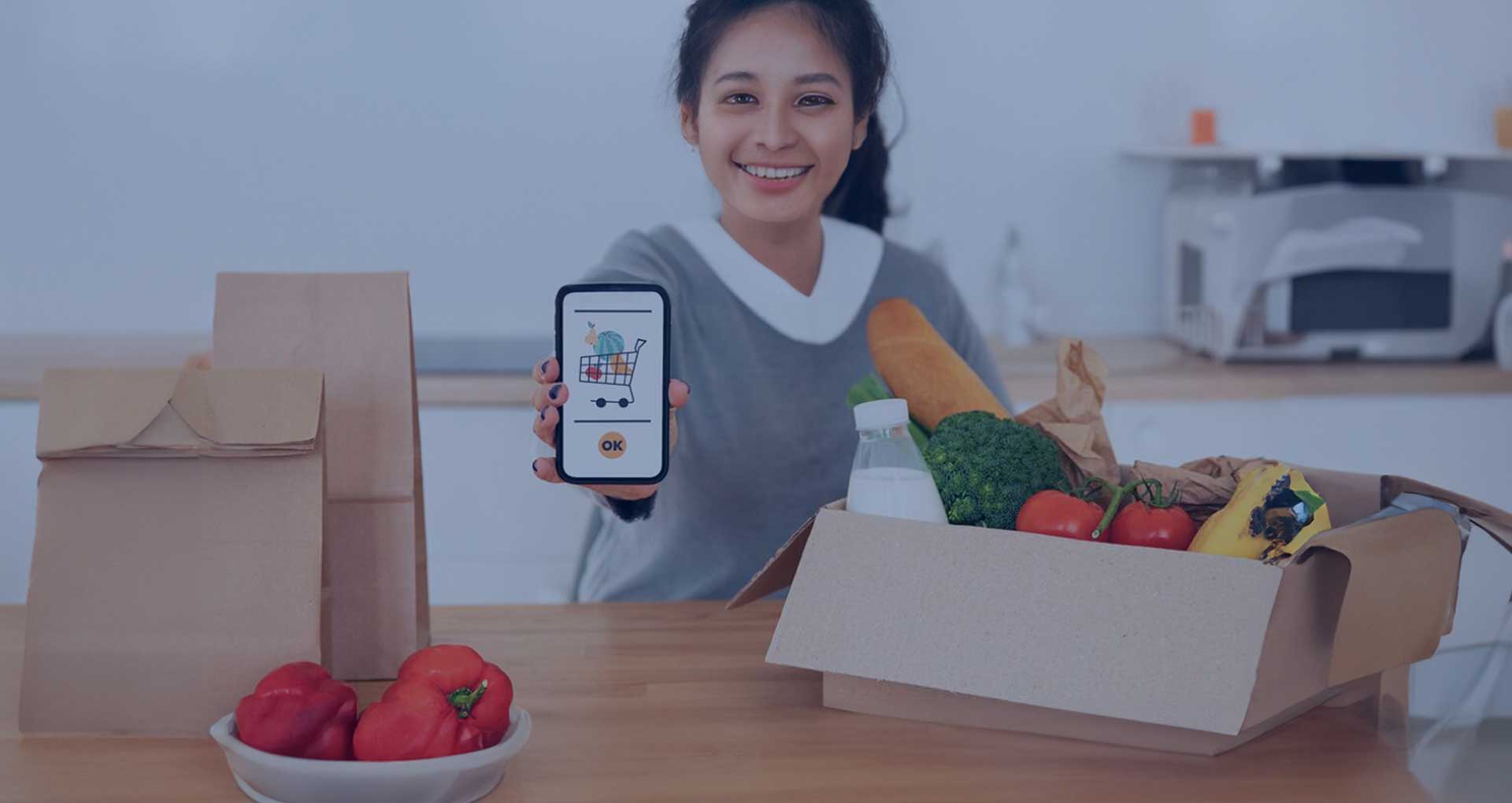
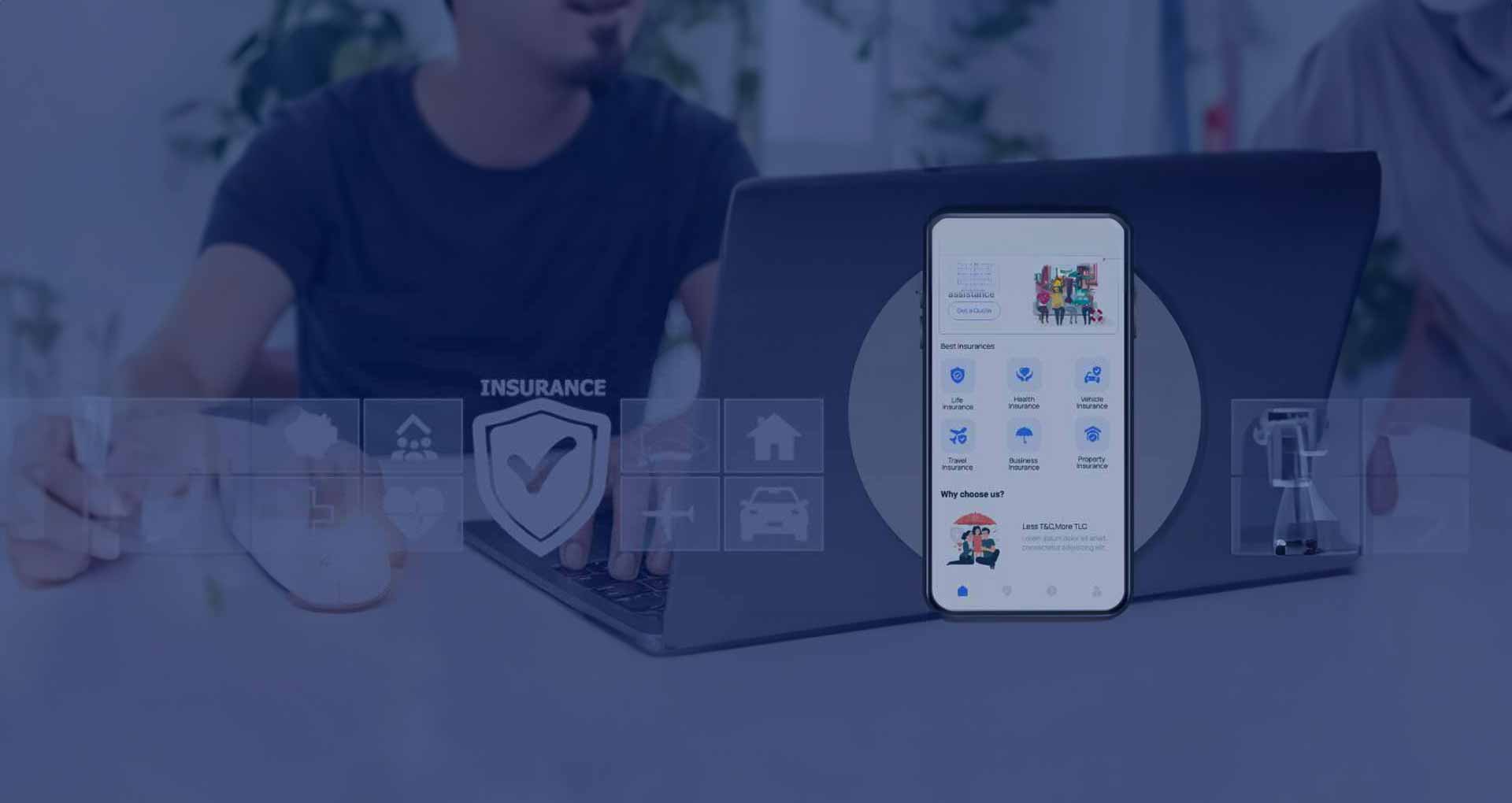
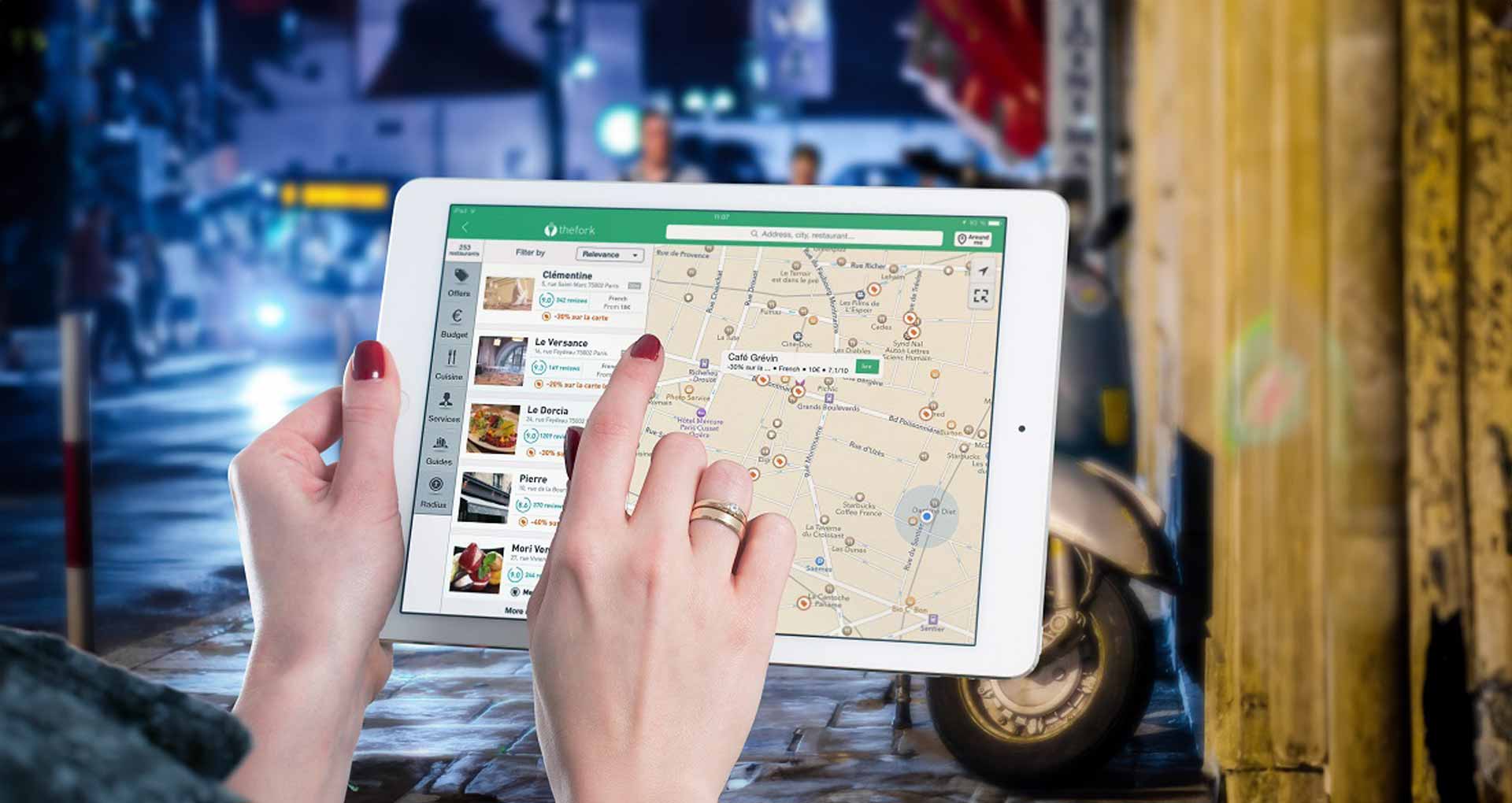
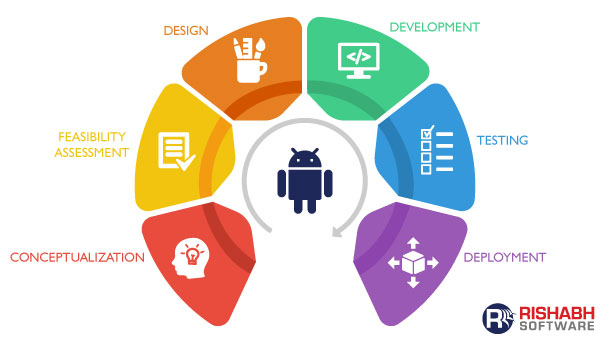
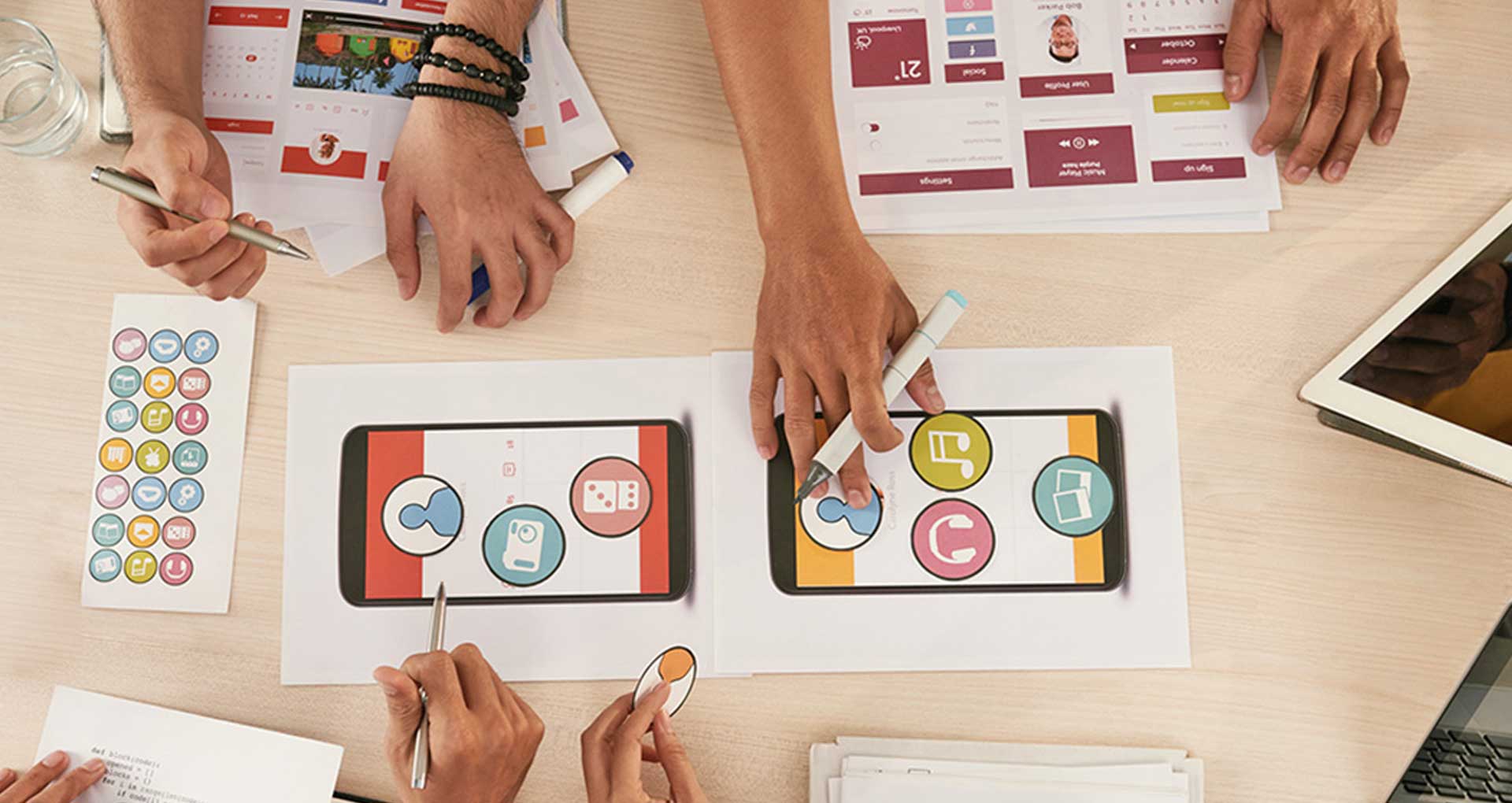
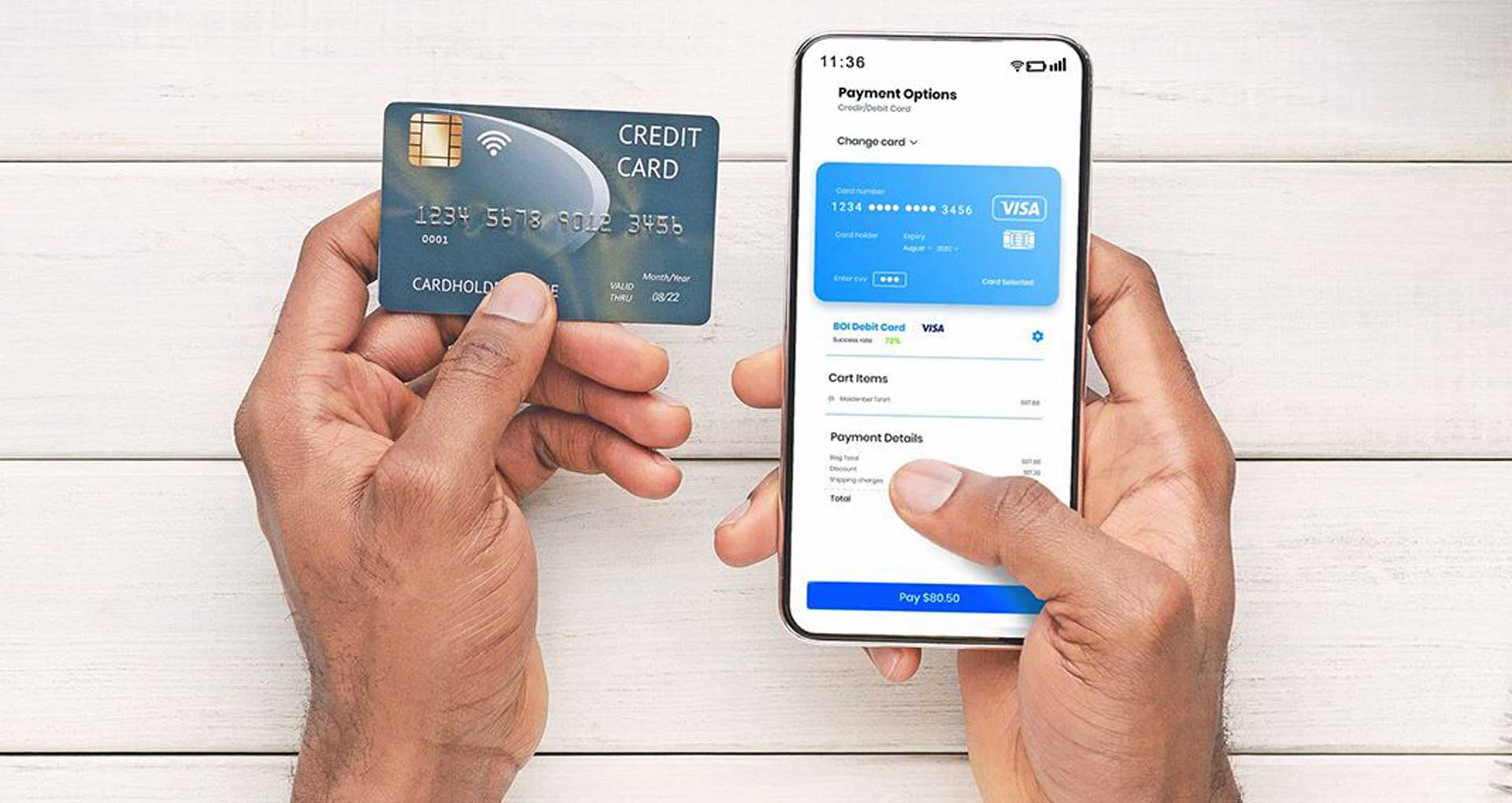





 30 Min
30 Min


